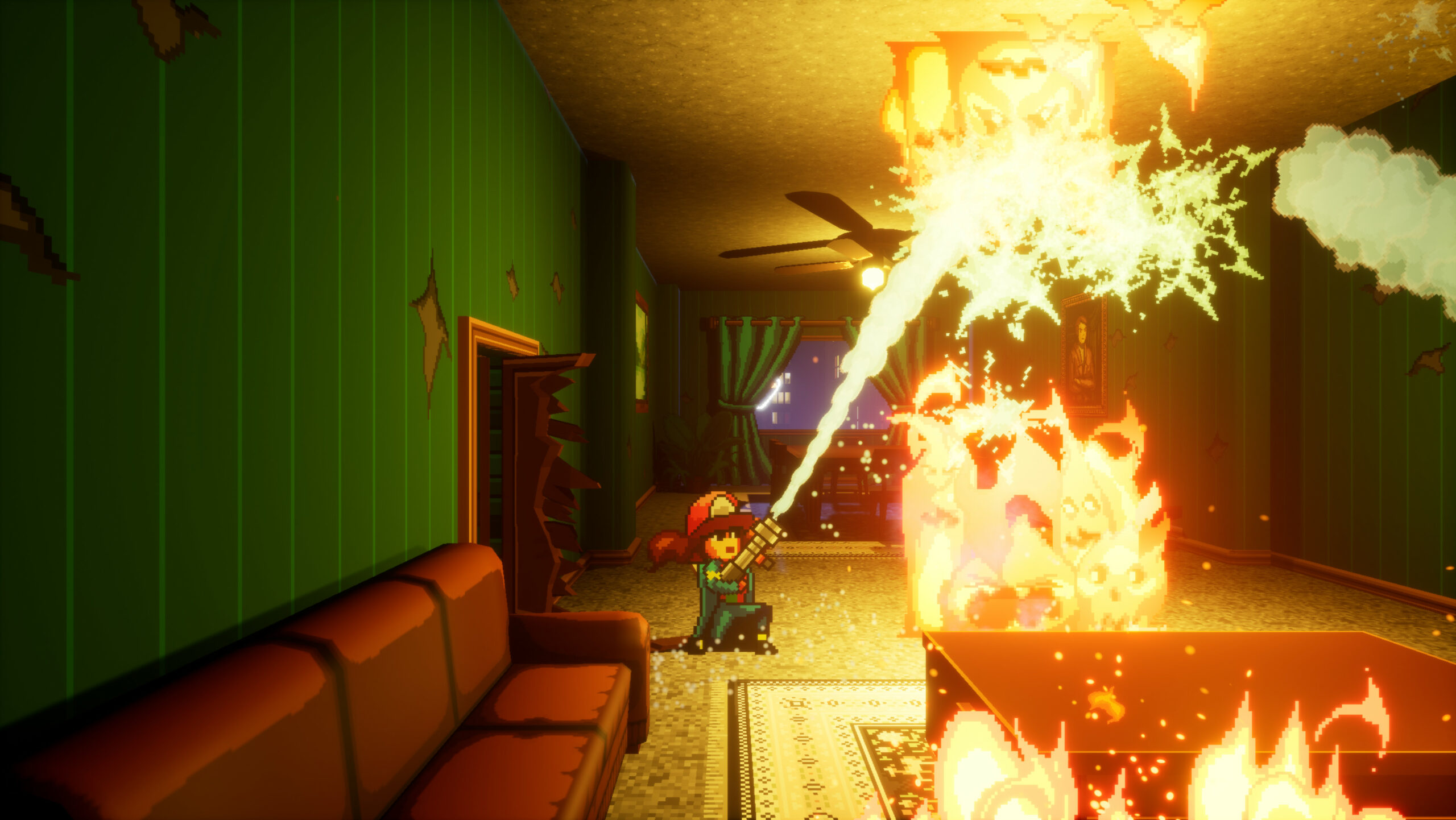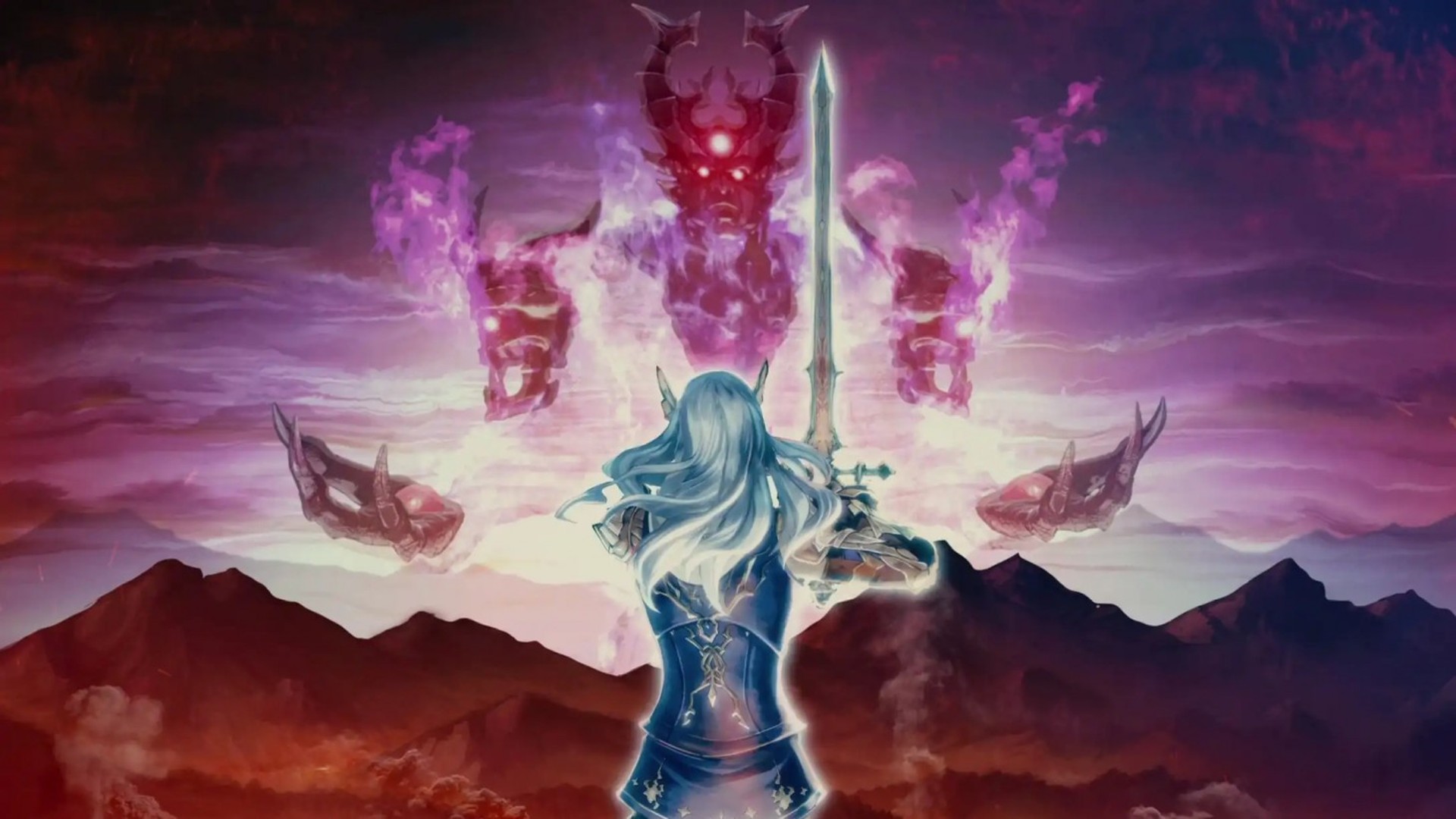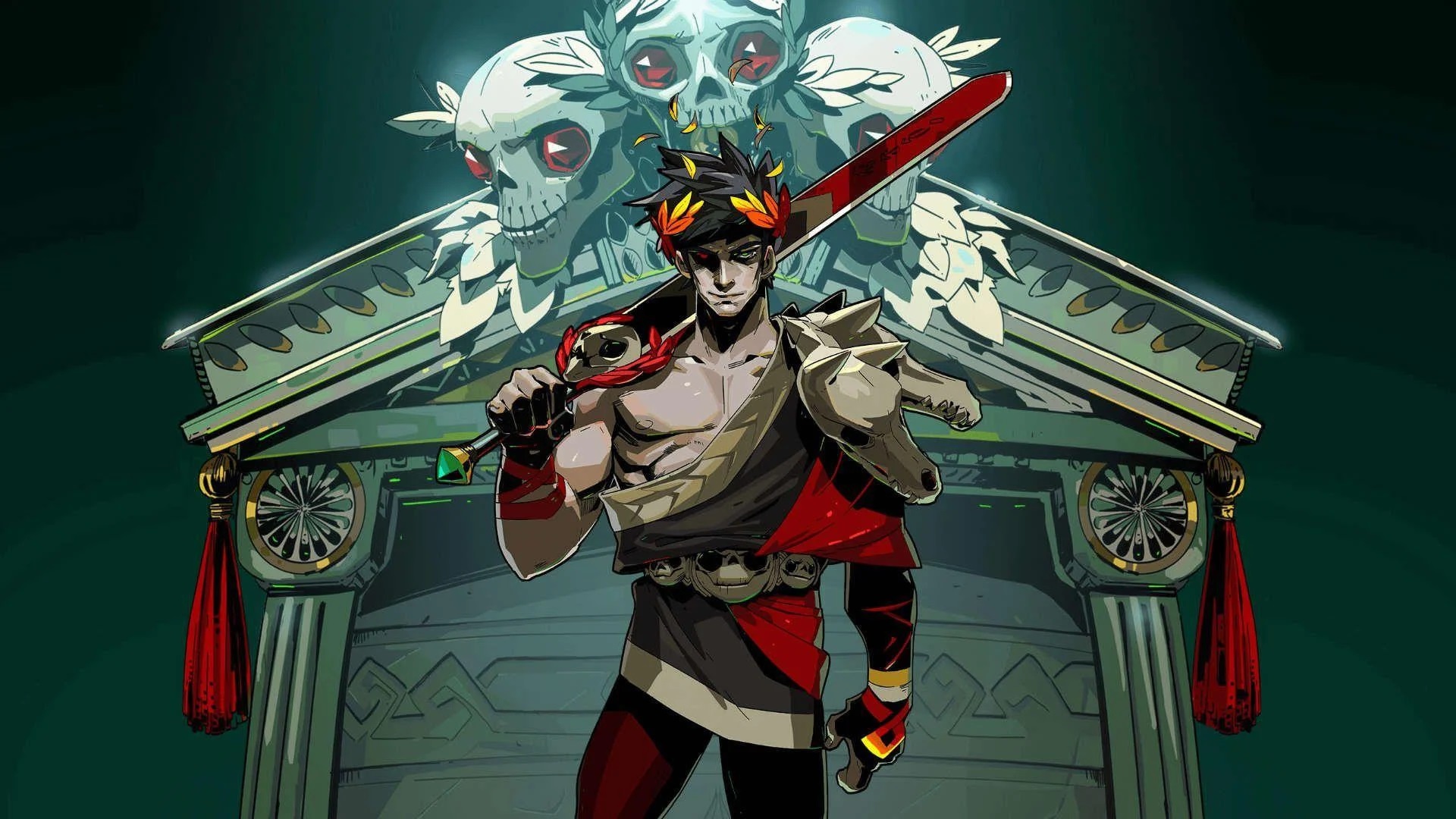Share
Now don’t break out the pitchforks just yet. I’ll always appreciate the historical significance of Super Mario 64 and how relatively well it holds up today, objectively speaking. I can’t think of many games that are more important than this. However, as a function of its age, Super Mario 64 lacks the rich worlds that I love to explore in every open 3D Mario post-64. Also, when I have a game like Super Mario Odyssey that pushes control fluidity to the next level, Mario 64’s relative fluidity begins to evaporate by comparison. The point is, I’d much rather play any of 64’s successors than 64 itself.
However, there’s no Mario game that I’d rather watch other people play than Super Mario 64. Particularly, I love watching speedruns. While I’m interested in the larger speedrunning community, 64’s speedruns are just about my favorite. I find everything about them, regardless of category, to be incredibly iconic. From cannonless strats to backwards long-jumps, these routes are seared into my brain even though I don’t have the skill or the patience to do a speedrun firsthand.
the art of 64 speedruns
Even if I could, I’d never be able to do so with the elegance of dedicated runners. Watching them glide from Bob-Omb Battlefield to Bowser 3 is so impressive. Even removed from the context of glitches that make runs like 16-star possible, the precision that these players can eke out of 64’s mechanics is just awe-inspiring. Mario is able to traverse locations like Cool Cool Mountain in ways that Miyamoto could’ve never imagined when in the hands of top players.

And, it’s those players who keep me engaged in Super Mario 64. While I come to see crazy stats and daring time saves, I stay for the runners. Guys like Clint Stevens are some of my favorite content creators in part because of their talents, but in larger part because of their personalities. I don’t typically watch a lot of gameplay-focused content, if anything I’m more interested in podcasts or video essays when it comes to that subgenre. However, the communities that people like Clint foster – whether in Mario 64, Ocarina of Time or anywhere else – engage me nonetheless.
Of course, being excited by speedruns is nothing new. If this was a hyper-niche interest, then we wouldn’t have huge Games Done Quick events multiple times per year every year. There’s something so fun about watching pros break your favorite games through unfathomable means. The hype of a risky strategy succeeding or the excitement when a new PB is achieved just naturally makes speedruns compelling to watch. However, I do think that a solid component of engaging with a speedrun is contingent on engaging with the game to begin with.
So, I find myself puzzled by why I like these 64 speedruns as much as I do. I mean, Super Mario Odyssey is still regularly getting run by great creators such as Smallant, and that’s one of my favorite games of all time. But, there’s something even more interesting to me about 64 speedruns opposed to Odyssey, even though I love Odyssey so much more. It’s partially a function of guys like Clint Stevens, Mizkif, Ludwig, and the like – many of my favorite streamers – regularly playing 64 opposed to Odyssey these days.

However, I also think there’s something so exciting about revolutionary games like Super Mario 64 being recontextaulized like this. Of course, Mario 64 will always be squarely remembered as the groundbreaking platformer that nailed the 2D-3D transition better than arguably any of its peers. In the traditional sense, that is why 64 did, does, and will continue to matter forever. But, having this parallel and contemporary identity develop, where Mario 64 thrives as a popular speedrunning title, breathes new life into the game.
can you love a game without playing it?
Beyond these inquiries into why Mario 64 is so compelling for me and for the speedrun community, my unconventional experience is a testament to how we’ve collectively begun to enjoy games secondhand. It’s a peculiar phenomenon. For me, engaging with art is often a very personal experience. Discussing it afterward is the social component. As such, I typically want to have that first experience myself, and then connect with others for critique and conversation. Obviously Super Mario 64 is an exception for me, and it speaks to how content creation has changed the community.

These days, you can connect to a title not because you played it a lot, or because you’ve even played it at all. Instead, you can learn to love a game because of those who bring it to life online or give it new meaning. This isn’t a concept that I’ve really thought actively about in the past, largely because I’ve grown up in an online culture which has taken this idea at face value. I remember becoming a Devil May Cry fan back in the day by watching Let’s Plays because I didn’t have the games myself. Things like this are just normal for my generation.
Sometimes though, I question whether this way of interacting with games holds the same amount of value as traditionally enjoying these experiences yourself. Ultimately, the medium’s interactivity is what makes gaming so exciting, and that can’t be fully understood without a controller in hand. However, you can still find a different but nonetheless compelling love as a result of engaging with a game’s community, and absorbing the passion of others alongside the source material from a distance.
We live in a world where information is readily available and many games are not. Who’s to say that someone isn’t a Mother 3 fan unless they’ve played a fan translation, for instance? Our communities are dynamic spaces where you can become that Mother 3 fan through the experiences of others. I still don’t think that’s equivalent to actually playing Mother 3 yourself. But, that doesn’t make this secondhand enjoyment invalid. Gaming, and the appreciation of it, comes in many different forms.




